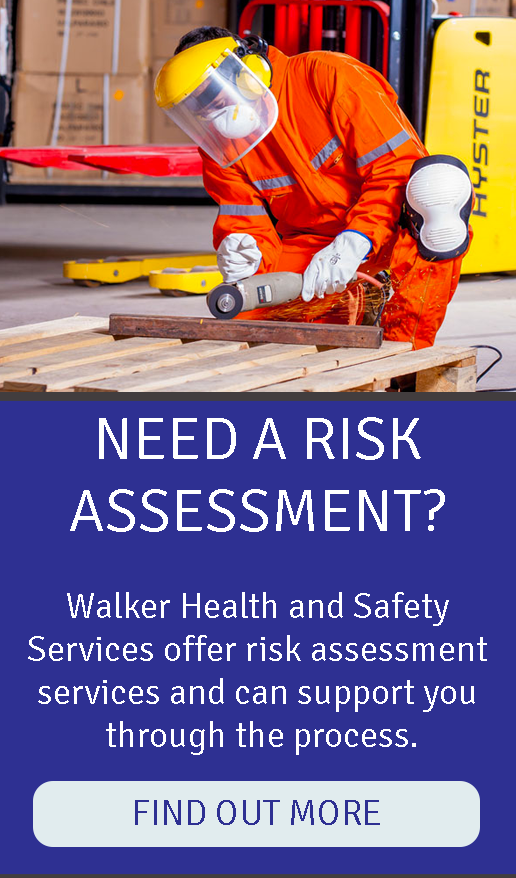

In each newsletter we have been exploring the top 8 pieces of workplace health and safety legislation that you should be aware of.
And in this edition of our newsletter, we have chosen to talk about Reporting of Injuries, Diseases and Dangerous Occurrences Regulations 2013 and Provision and Use of Work Equipment Regulations 1998. Continue reading →
Worker involvement is the term used by the Health and Safety Executive to describe the ways in which workers are encouraged to take part in making decisions about managing health and safety at work.
This goes beyond giving information or consulting on management proposals. Instead, it aims to create a genuine partnership between managers and workers for managing health and safety risks.
To be effective and sustainable, worker involvement requires careful planning and implementation. The methods adopted to improve involvement should enable good communication, the use of collective knowledge and highlight the commitment of all those involved.
Successful communication is an essential element. Methods should be adopted that encourage two-way dialogue, where the profile of health and safety can be raised and workers participating can express views and opinions freely. Continue reading →
Employee wellbeing is concerned with both the physical and emotional health of employees, helping to prevent problems arising or, if they do, helping employees to cope with them so as to have a minimal impact on their work — in short, to be more resilient.
Wellbeing is a multi-layered subject, involving not just the human resources department but the health and safety profession as well.
This topic discusses why employers should invest in employee wellbeing programmes and how employers can help improve the welfare of their employees. Continue reading →
The construction sector is proving to be one of the worst cases.
Several reasons have been suggested for particularly poor health, safety and well being figures in the construction industry, including the large numbers of transitory workers. You can imagine eyes glazing over at yet another health and safety induction. Meanwhile, there is a suspicion that some of the smaller companies are less committed to health and safety principles. Further improvements, it is suggested, must come from really understanding how people feel about the work and jobs — a potentially tough nut to crack.
In construction, this means moving away from its traditional macho culture. Evidence has shown that the increasing presence of women in the North Sea oil and gas industry over the past two decades quickly marginalised cavalier attitudes to safety. Would more women in the sector change attitudes to health? Continue reading →












